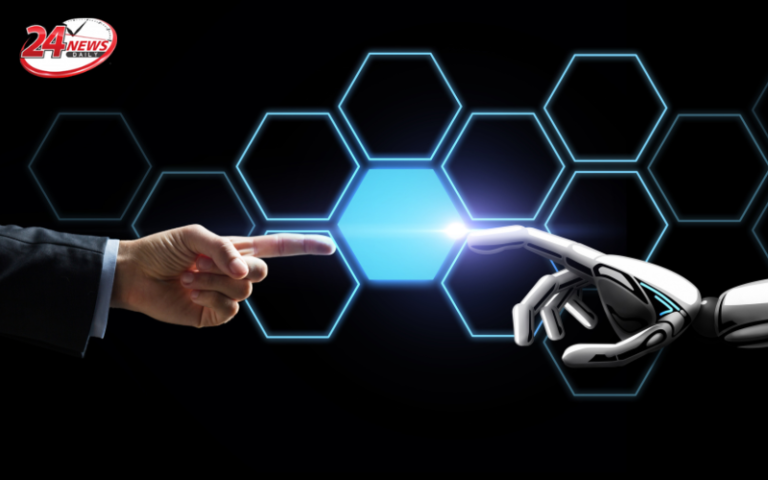Welcome to the ultimate test of discernment in the AI age: Human or Not AI. This intriguing Social Turing Game invites you to engage in a two-minute conversation with an anonymous entity. The challenge? Determine whether you’re conversing with a fellow human or an advanced AI bot.
In an era where artificial intelligence is rapidly advancing, distinguishing between human and machine communication has become a fascinating challenge. From chatbots to virtual assistants, AI systems are becoming increasingly adept at mimicking human speech patterns and behaviors. This blurring of lines between human and artificial intelligence raises profound questions about identity, consciousness, and the nature of intelligence itself. AI or human
The concept of the Turing Test, proposed by Alan Turing in 1950, serves as the foundation for Human or Not AI. The test evaluates a machine’s ability to exhibit intelligent behavior indistinguishable from that of a human. However, in this modern iteration, the roles are reversed, with participants tasked with identifying whether they’re interacting with a human or an AI.
As you enter the virtual arena of Human or Not AI, you’re greeted by a simple interface inviting you to engage in conversation. The anonymity of the participants adds an extra layer of intrigue to the game, as you have no prior knowledge of who you’re conversing with. This lack of context forces you to rely solely on the content and style of the conversation to make your judgment.
The conversations in Human or Not AI cover a wide range of topics, from mundane everyday occurrences to philosophical debates about the nature of existence. Some exchanges may feel effortlessly human, filled with emotion, empathy, and nuanced understanding. Others may exhibit a clinical precision, showcasing the logical reasoning and vast knowledge base characteristic of AI systems.
As you navigate through the conversations, you’ll find yourself constantly questioning the nature of the entity on the other side of the screen. Is it capable of genuine emotion, or is it merely simulating empathy based on predefined algorithms? Does it possess a consciousness, or is it merely executing programmed responses? These are the questions that Human or Not AI forces you to confront.
The game serves not only as a test of technological advancement but also as a mirror reflecting our own understanding of what it means to be human. In attempting to discern between human and AI communication, we are forced to confront the intricacies of human cognition and behavior. We must grapple with the essence of consciousness, empathy, and creativity – qualities that have long been considered uniquely human.
Moreover, Human or Not AI highlights the ethical implications of AI development. As machines become increasingly proficient at mimicking human behavior, what are the implications for our society? How do we ensure that the use of AI remains ethical and transparent? These are questions that policymakers, technologists, and ethicists must address as AI continues to evolve.
Ultimately, Human or Not AI offers a glimpse into the future of human-machine interaction. It challenges us to reevaluate our understanding of intelligence and identity in an increasingly AI-driven world. As you engage in conversation within the virtual confines of the game, remember: the distinction between AI and human may not always be as clear-cut as it seems.


